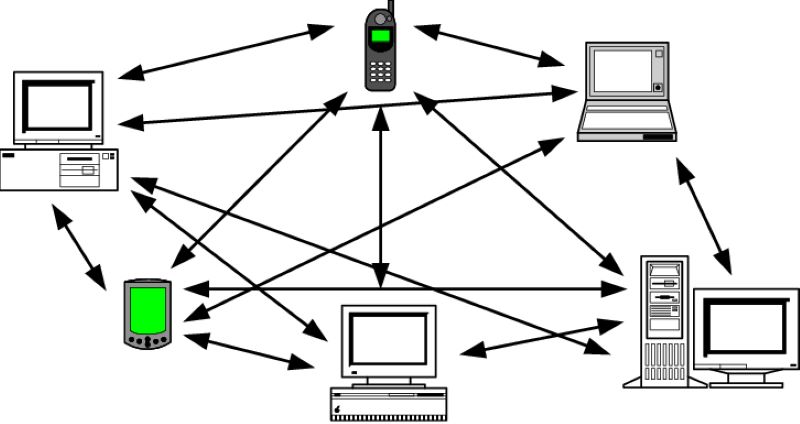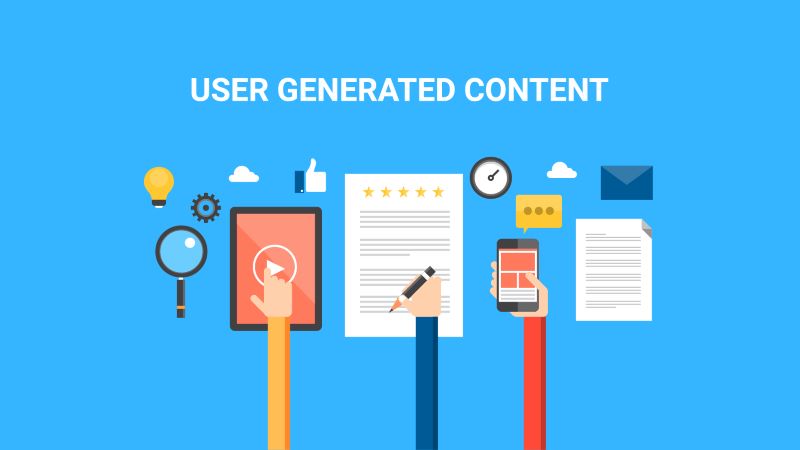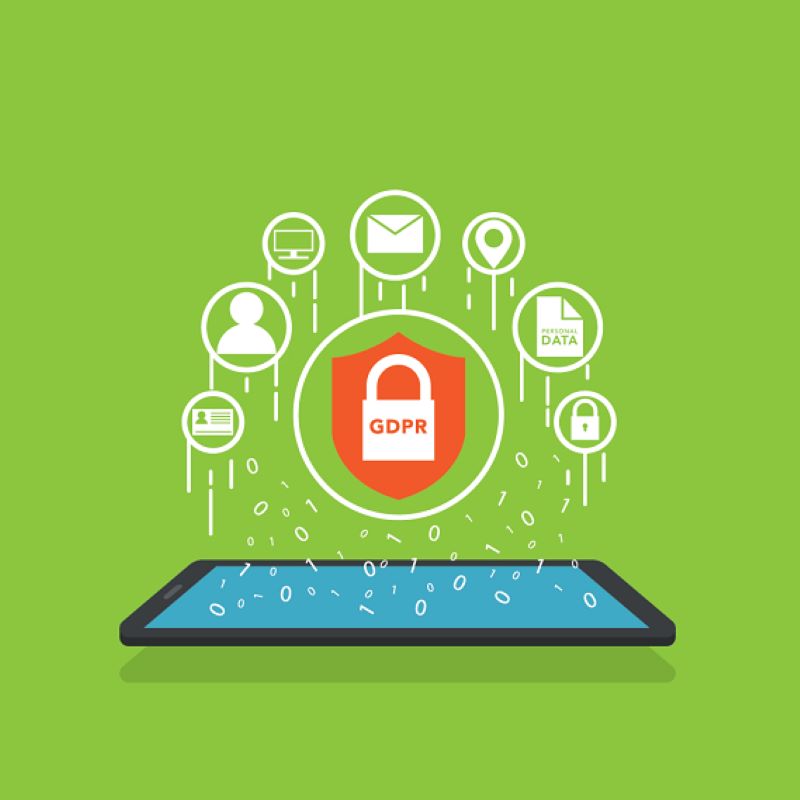Decentralized content creation and sharing in education is flipping the script in our classrooms and beyond. Imagine a world where anyone can access knowledge, and where your ideas reach others without hitting dead-end barriers. That’s the revolution we’re witnessing; it’s reshaping how we learn, teach, and collaborate. As an avid supporter of this radical shift, I’ve seen firsthand how breaking down these walls sparks innovation and forges stronger connections among learners and educators. Let’s dive into this uncharted terrain where traditional gatekeepers step aside, and the community holds the reins to a vast, ever-growing repository of educational wealth.
Understanding the Landscape of Decentralized Education
Exploring Peer-to-Peer Learning Networks
Peer-to-peer learning networks are all about sharing know-how. They let students and teachers connect directly. Without a middleman, learning becomes a two-way street. Here, we chat, share ideas, and grow together.
In these networks, everyone’s both a teacher and a learner. Think of a space where you can teach a bit of math you’re good at. Then, turn around and learn history from someone else. It’s learning made way easier and more fun.
This is not some far-off dream. We’re crafting these spaces online using cool tech like blockchain. That’s where we make sure everything is safe and can’t be changed by others. This way, you know that the poem you shared is yours and always will be.
The Role of Blockchain in Secure Academic Verification
Now, let’s talk blockchain in education. It’s like a digital locker for your grades and projects. Once you put something there, it stays. No one can pretend it’s theirs or change your work. It’s all super safe because of something called cryptography.
This is huge for schools and jobs. Imagine showing your diploma with just a click. And they can trust it’s real because blockchain’s guarding it. Smart contracts also help here. They’re like robot helpers living in the blockchain. They keep an eye on rules and make sure everyone plays fair.
So, you see, this isn’t just about keeping things safe. It’s about trust. It’s about knowing that when you share your work, it’s going to stay as it is. And when you see someone else’s work, you trust that too. This is what we mean when we say we’re decentralizing education.
We’re breaking down walls so that we can all teach, learn, and share. And that’s really cool because it means that no matter where you are, you can join in. It’s all about giving everyone a say and a space in the world of learning. It’s education that’s truly for everyone, and it’s just getting started.
Building Blocks for Collaboration in Learning Ecosystems
Smart Contracts and Their Applications for Educators
Imagine a classroom where teachers can trust each other’s work, without worry. That’s what smart contracts offer. These are like promises, written in code on a blockchain. They make sure everyone agrees to the same terms and follow them.
Now, how can teachers use smart contracts? They can share their materials, knowing they’ll get credit. They make it easy to team up and create lessons together. Plus, they keep the content safe. No one can just take it or change it. It’s like having a digital lock on your work.
For instance, two teachers in different places want to build a class project together. They can set rules in a smart contract. These rules make sure both do their part. When one adds their work, the other one can check it. If it’s all good, they both get credit. Simple!
Smart contracts help teachers save time and focus on what they love – teaching. They also show which teacher did what. This way, good work gets the right applause. It makes teaming up on cool projects easier than ever before.
Leveraging Decentralized Autonomous Organizations for Learning
Now, think about a school run by not one person, but by many — like a team. This is what we call a Decentralized Autonomous Organization, or DAO. In education, DAOs let teachers, students, and even parents have a say. They vote on big decisions, like what classes to offer or how to spend money.
With DAOs, schools become more than just a place. They turn into active communities, where everyone’s voice matters. Imagine students choosing to learn about robots or the stars through a vote. That’s possible with education DAOs.
DAOs use tokens — think of them as golden stars — to let folks vote. More tokens, more say. It makes sure everyone works towards the best for the whole school. If you care a lot about sports or art, you could push for more of that. DAOs make learning a team sport!
They also make sharing easy and fair. A teacher who makes a great science video can share it on a DAO platform. Other teachers can use it and maybe add their own cool experiments. Everyone wins, and knowledge spreads like wildfire.
DAOs reshape how we think about running schools. It’s not top-down anymore. It’s side-to-side, peer-to-peer. This way of working together isn’t just nice; it’s powerful. It takes down walls and brings education into the world of tomorrow, today.
Creating and Sharing Educational Content Democratically
Empowering Student Content Creators through dApps
As an expert in blockchain in education, I see the magic unfold daily. Decentralized apps, or dApps, are tools for change, especially in schools. They give power to student content creators. No longer are students just content consumers. They’re now makers and sharers of knowledge, thanks to dApps.
These apps are part of decentralized education platforms. They let learners connect and share without a central control. This approach boosts digital literacy and puts privacy first. Students learn to create and manage digital content securely. They also get to understand the value of their work.
Here’s how it works: dApps run on a blockchain, opening endless possibilities for peer-to-peer learning networks. Imagine students across the globe sharing homework, insights, and projects in a snap, without needing any middleman. This level of direct sharing wasn’t possible before.
EdTech innovations like these also support open source educational resources. Anyone can access these tools and content. They’re part of a vast library online, shared for free or at a low cost. This way, students and teachers work together creating shared educational materials. It makes learning a team effort, not just a solo journey.
The Impact of User-Generated Content in Academia
User-generated content in academia turns learners into leaders. They can now show their work to the world. They become part of distributed knowledge sharing networks. Here, their work counts. It’s not just for a grade, but for others to learn from too.
With tools like IPFS, or InterPlanetary File System, we see a web that lets us share big files and folders. Academics can pass on research without worry. This system is safe and works well, even if many people are using it at once.
But it’s not just about sharing. It’s true learning, backed by academic peer review in a new way. Other students and teachers can look at the work and give feedback. This makes the work better and teaches the creators a lot. It helps them grow.
We’re also seeing DAOs for collaborative learning emerge. These are groups online where everyone decides the rules together. They use smart contracts, or digital promises, to make sure justice is done. This way, the best ideas win, not just the ideas of the ones in charge.
Decentralizing content in education changes the game. It makes learning fair. It creates interactive learning communities that learn from each other. It brings together people from all walks of life. And it makes sure that no one is left behind. This is democratizing education with technology.
By harnessing collective intelligence in classrooms, we build stronger, smarter groups of learners. Collaboration comes first, teaching us that together, we can solve problems better and faster. This new way of learning excites me. It’s honest, open, and fair – just what education should be.
Advancing Educational Access with Decentralized Technologies
Web 3.0: The Next Frontier in Educational Content Sharing
Imagine a place where every student and teacher can share and access learning materials with ease. Web 3.0 makes this real. It’s not just a dream. In this next web phase, we form peer-to-peer learning networks. These are connections between us without a middle man. Everyone can chip in and everyone can grow.
We see kids and teachers from across the globe linking up. They build a world where knowledge flows like water. Here, ideas don’t hit walls. Everyone gets a say, and the best part? We learn from each other, always. This is not just talk; it’s happening now with blockchain in education. This tech keeps every piece of knowledge in check. So when a kid in Argentina writes about stars, a teacher in India can trust the work.
These blockchains ensure no one can mess with the info. Smart contracts make sharing automatic and fair. They punch in rules for who can use the content and how. This is key as we dive deeper into creating shared educational materials. Teachers love it. They can swap lesson plans and tips with a click. And, they can rest easy knowing their hard work is safe and sound.
The Significance of Privacy and Security in Digital Learning Environments
Now, let’s talk safety. With all this sharing, we must keep bad actors out. Enter decentralized education platforms. These are like digital forts, keeping our info safe. When we log in to learn or teach, we need to know that prying eyes can’t see. These platforms use tough math – cryptography – to lock our data down.
Privacy is big in school. We don’t want our science project stolen or our grades out in the open. So, student content creators use these platforms. They share their art and ideas without worry. And, if you’re a teacher, wouldn’t you prefer a safe space for your classwork?
Moreover, these systems give power back to us. They help us build interactive learning communities. We say what goes and what stays. Together, we drive how tech shapes our education. We also can join or build DAOs, short for decentralized autonomous organizations. Think of them as clubs, but for serious learning where we all have a say.
In a nutshell, tech is turning learning on its head. It’s a stunning shift. It’s moving us from quiet libraries to buzzing global classrooms. Welcome to the world where we learn out loud, together, and keep it all snug and sound. We’re making schooling fair and fun again – let’s keep that door wide open!
We’ve journeyed through the new world of decentralized education together. We kicked off by looking at how we can learn from each other using peer-to-peer networks, and saw how blockchain keeps our grades and achievements safe. Then, we dived into how learning together gets easier using smart contracts, and how groups called DAOs can help us teach and learn in exciting ways.
We also learned how students can make their own learning stuff using dApps and how this content shakes up the world of school and college. Lastly, we looked at how Web 3.0 lets us share what we know without fear, keeping our private stuff private.
So, I’ll leave you with this: Decentralized tech is changing how we learn and share knowledge. It’s a big deal for everyone—students, teachers, and schools. Let’s get ready for how it will turn education on its head! Keep an eye out, because it’s happening fast and we’re all part of the learning revolution. Let’s use it to make our world smarter, fairer, and a whole lot more fun.
Q&A :
What is decentralized content creation and sharing in education?
Decentralized content creation and sharing in education refer to the process where educational resources and materials are produced and disseminated by a wide range of contributors rather than centralized institutions. This approach leverages peer-to-peer networks and technologies like blockchain to facilitate collaboration, ownership, and sharing of content among students, educators, and the broader educational community.
How does decentralization impact the availability of educational resources?
Decentralization greatly expands the availability of educational resources by removing traditional barriers to content distribution, such as geographic location, access to publishing tools, and institutional gatekeeping. It allows for a more democratic and open approach to education, where anyone can contribute to and access a diverse array of learning materials from around the world.
What are the benefits of using decentralized platforms for education?
Decentralized platforms for education offer numerous benefits, including enhanced collaboration among educators and students, increased transparency in content creation, and improved security and privacy for users. They also enable students to access a wider variety of learning materials and participate in global learning communities, fostering a more inclusive and equitable educational environment.
Are there any challenges associated with decentralized education?
While decentralized education presents many opportunities, there are challenges as well, such as ensuring content quality and accuracy, managing intellectual property rights, and providing adequate support for less tech-savvy users. Additionally, widespread adoption requires overcoming resistance from established educational institutions and addressing the digital divide.
How can educators and students get involved in decentralized content creation and sharing?
Educators and students can get involved in decentralized content creation and sharing by participating in online platforms and communities that support these initiatives. They can contribute their own materials, engage with content from others, and collaborate on projects. It’s also important for them to stay informed about the latest technologies and best practices in the field to fully leverage the advantages of decentralization.




RELATED POSTS
Optimistic Airdrop – Detailed Guide on How to Acquire OP Tokens
This guide provides detailed steps...
Messari Crypto: A powerful tool for investors
In the world of cryptocurrency,...
Cryptocurrency Demystified: Unlocking the Digital Currency Enigma
"Understanding the basics of cryptocurrency,...
What is Data Availability Blockchain? Unraveling Decentralized Access Secrets
What is data availability blockchain?...
Blockchain in Education: Unlocking the Potential Benefits for Student Data Management
"Enhance data security & streamline...
Lost Private Key in Blockchain: Unlocking Digital Dilemmas
Lost your private key in...
Revolutionizing the Classroom: How Blockchain Will Transform Education
Enhance education with blockchain! Strengthen...
Blockchain Revolution: Blockchain Use Cases In Financial Services
Explore how blockchain is revolutionizing...
Role of Blockchain Security Audits: Your Crypto Safe Haven?
Enhance Blockchain Security with Audits....
Pebonk Kombat – The next frontier in gaming and crypto
Pebonk Kombat is revolutionizing gaming...
Hemi Network Airdrop – How to Easily Earn Airdrops?
The Hemi Network Airdrop presents...
Security of Smart Contracts: Ensuring Your Digital Dealings Are Ironclad!
Discover the crucial role of...
Latest Blockchain News And Updates In Financial Services: Revolutionizing in 2024
Get the latest blockchain news...
Kamino Airdrop – Investment Opportunities in DeFi on Solana
Kamino airdrop offers a potential...
SonicX Airdrop – Exciting Tap-to-Earn Gaming Experience
SonicX airdrop offers an incredibly...
Detailed steps to participate in the BSX Airdrop quickly
Are you ready to dive...